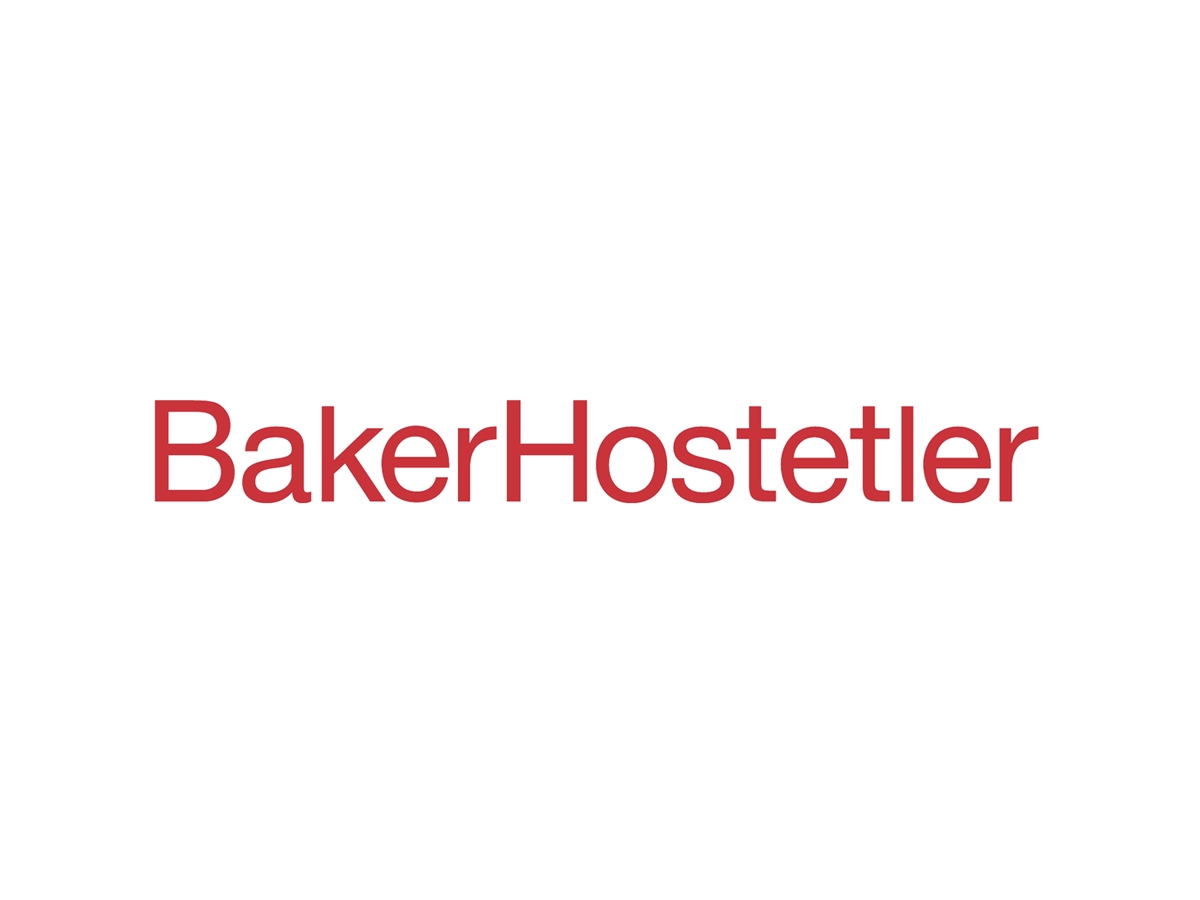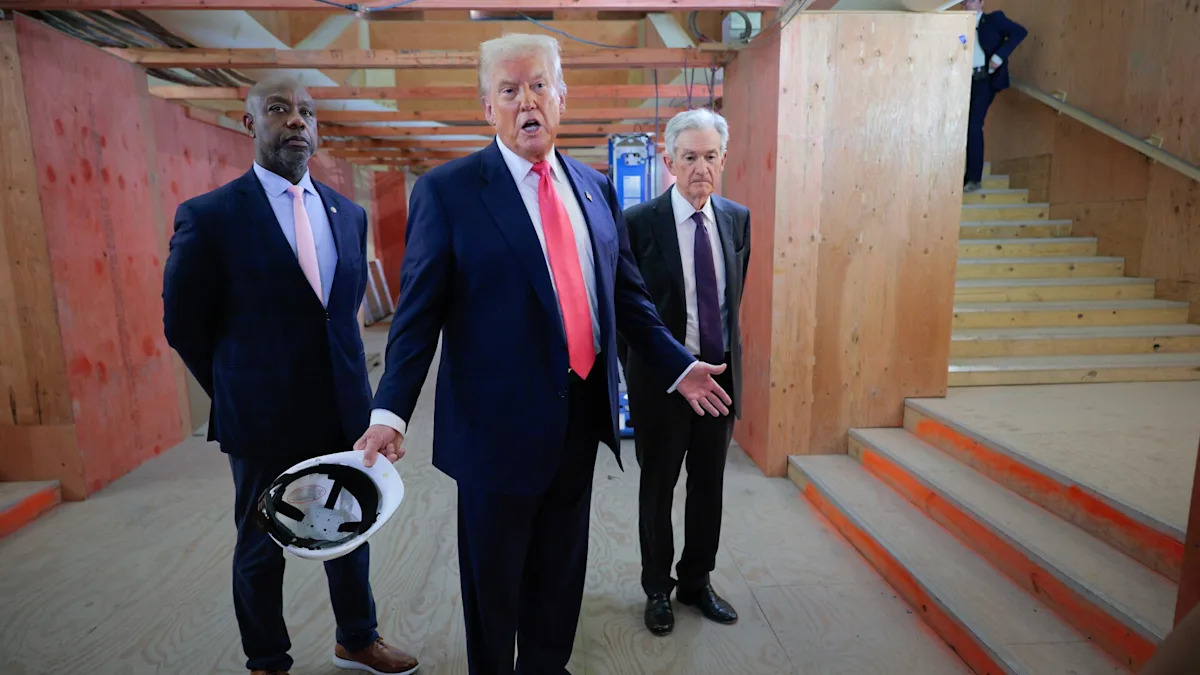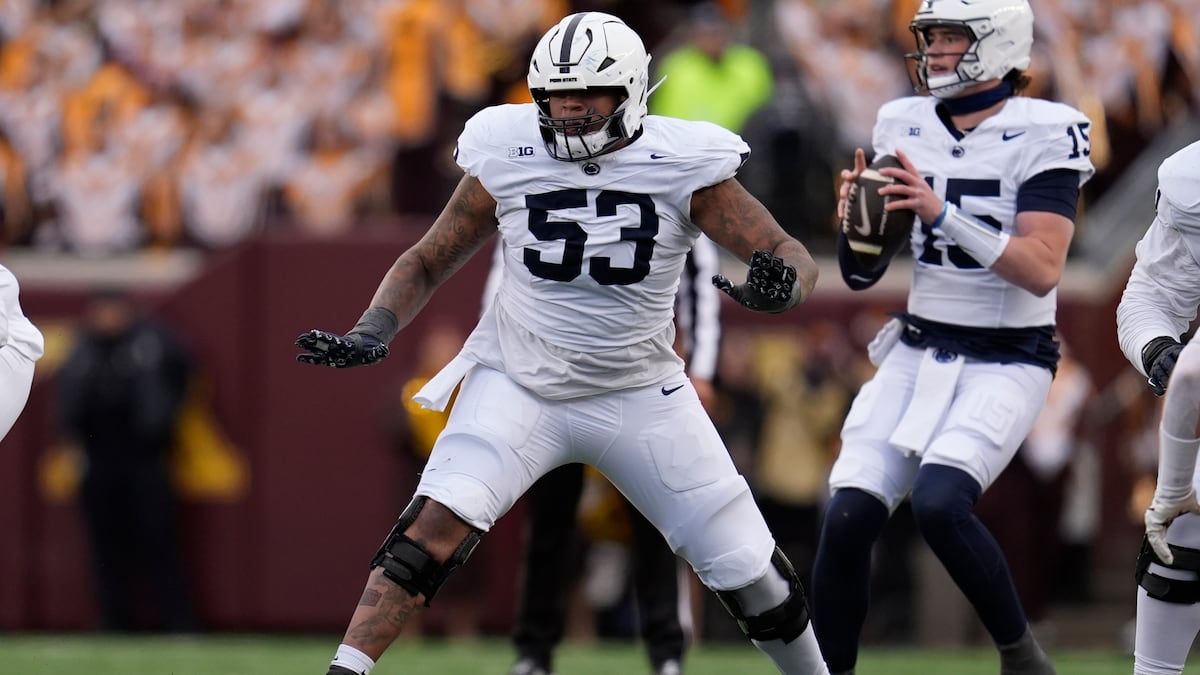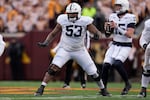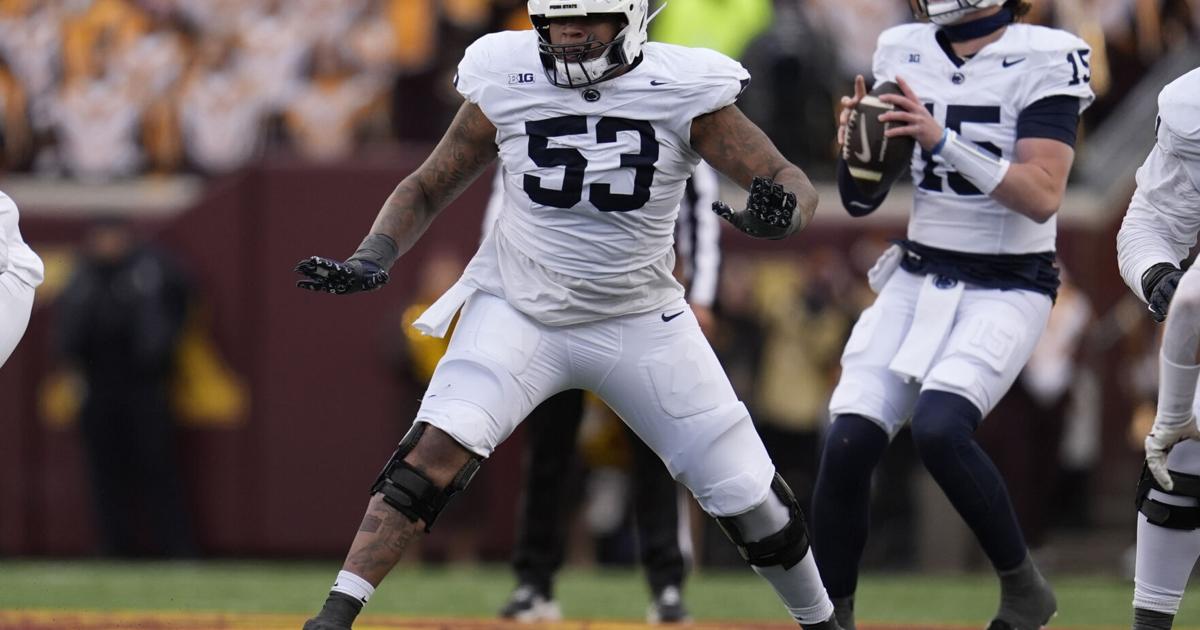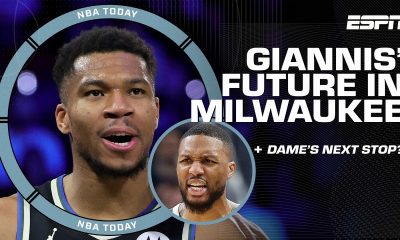Key Takeaways
- The NCAA and the Power Five conferences will pay $2.8 billion in damages to current and former student-athletes as a result of their settlement of the landmark antitrust litigation.
- Division I colleges and universities may now directly compensate student-athletes up to a $20.5 million cap for the 2025-2026 school year – opening the door for revenue sharing between athletic departments and their student-athletes.
- All noninstitutional, third-party name, image and likeness (NIL) agreements valued at $600 or more must be reported and independently reviewed for compliance with the terms of the settlement.
- The NCAA’s former limits on the number of scholarships designated for college sports teams have been eliminated and replaced with limits on the number of players a team may carry on its roster.
- Several legal questions remain unanswered concerning the administration of the terms of the settlement agreement, including whether future distributions of school revenue will comply with Title IX.
What was once inconceivable in the world of college sports has quickly become a reality. After years of litigation over its rules against athlete compensation, the NCAA has finally changed its tone. In a highly anticipated decision issued on June 6, Judge Claudia Wilken approved the final settlement agreement between the NCAA, the Power Five conferences and a class of former student-athletes in House v. NCAA. The settlement resolves a trio of consolidated cases that allege the NCAA’s scholarship limits and additional restraints on athlete compensation violate anticompetition laws. Now, for the first time in its history, the NCAA will permit colleges and universities to directly pay their student-athletes effective July 1.
$2.8 Billion in Damages To Be Paid by the NCAA and Power Five Conferences
The terms of the settlement agreement require the NCAA to pay more than $2.8 billion in damages to members of multiple student-athlete classes to the lawsuit, which will include all student-athletes who were eligible for Division I competitions at any time on or after June 15, 2016. An overwhelming majority of the damages paid to student-athletes will go to men’s football and basketball players.
Athlete Compensation up to a $20.5 Million Cap
The settlement also outlines the NCAA’s new athlete compensation framework spanning 10 years from the date of Wilken’s final approval. The NCAA will now allow schools to pay their student-athletes up to a $20.5 million cap (the equivalent of 22% of the average athletic department revenue for Power Five conference schools) for the 2025-2026 school year and eventually up to a $32 million cap in 2034-2035. The new rules permit schools to compensate athletes via revenue sharing from funds obtained through the school’s use of the athlete’s NIL, such as profits made from television contracts and events like the College Football Playoff.
Required Reporting and Independent Review for Third-Party NIL Agreements
In a significant change from historical practice, the NCAA will not act as the enforcing authority on the rules of the settlement. Instead, the Power Five conferences will establish an independent review process for third-party NIL deals worth more than $600, including contracts between student-athletes and school-affiliated entities or individuals (i.e., boosters and collectives), which must advance a valid business purpose within a reasonable range of compensation.
The newly established enforcement agency, the College Sports Commission,[1] will be responsible for policing compliance with the terms of the House settlement and evaluating whether reported deals meet fair market value standards. The terms of the settlement require athletes to report qualifying NIL partnerships that exceed the $600 threshold to the commission, and in the event that the proposed deal does not clear the commission’s screening process (which will be conducted by Deloitte, through use of its platform NIL Go), the parties to the deal may revise their agreement or submit the issue to a neutral arbitrator before initiating any legal action.
Scholarship Limits Out, Roster Limits In
The final piece of the House settlement eliminates the scholarship limits that were previously designated by the NCAA for each sport in Division I. Going forward, schools will be able to exercise far more discretion in their assignment of scholarship money to student-athletes across all athletic programs. However, in the interest of maintaining competitive balance, the NCAA will now place firm limits on the number of athletes that a team may carry on its roster.
The initially proposed roster limits were met with several objections from student-athletes concerned that current team members, in particular walk-on student-athletes, would lose their place on their respective rosters due to cuts. For example, football rosters will now shrink to a maximum of 105 athletes and many Division I football programs have previously carried as many as 140 players on the team.[2] In April, Wilken informed the parties that she would not approve the settlement unless the agreement was revised to address the roster limit concerns raised by objectors.
Though the final settlement agreement does not grandfather current players into their respective roster spots, it clarifies that current team members will not count toward their team’s total roster calculation for the rest of their eligibility period. In the event that a current player is cut from their team, the school will be required to honor the player’s scholarship.
Legal Challenges on the Horizon
The House settlement’s new athlete compensation model will provide student-athletes with ample opportunities to monetize their NIL, but there are still many open questions about the ways in which the settlement terms will be administered. Wilken addressed several legal concerns raised by objectors, but ultimately, her findings could not possibly address all the potential legal challenges that may arise in the future.
Notably, objectors to the settlement have already questioned whether the damages allocation and any back payments to former student-athletes may violate Title IX by unfairly favoring male athletes over female athletes,[3] whether state NIL laws that conflict with the settlement would be preempted by the agreement, whether the $20.5 million cap affects any potential collective bargaining rights that student-athletes may attempt to assert in future efforts to unionize, and whether student athletes may assert legal challenges to the compensation model in future efforts to be recognized as employees under the Fair Labor Standards Act.
[1] https://www.collegesportscommission.org/enforcement
[2] https://sports.yahoo.com/college-football/article/with-ncaa-house-settlement-hanging-in-balance-a-new-roster-limit-proposal-has-emerged-151555698.html
[3] https://frontofficesports.com/group-of-women-athletes-files-appeal-of-house-v-ncaa-settlement-approval/
[View source.]

